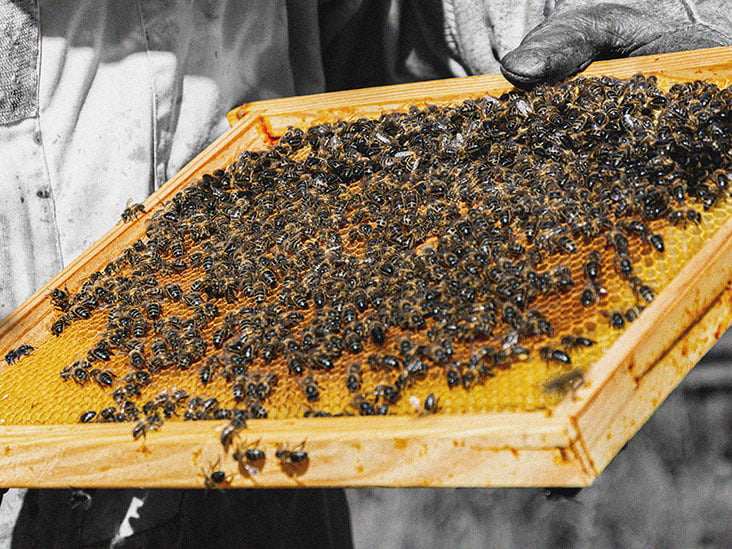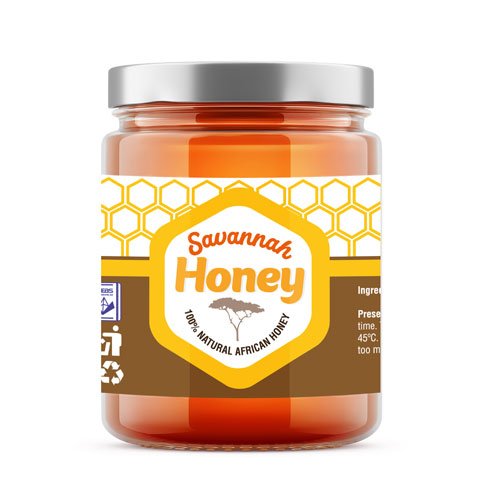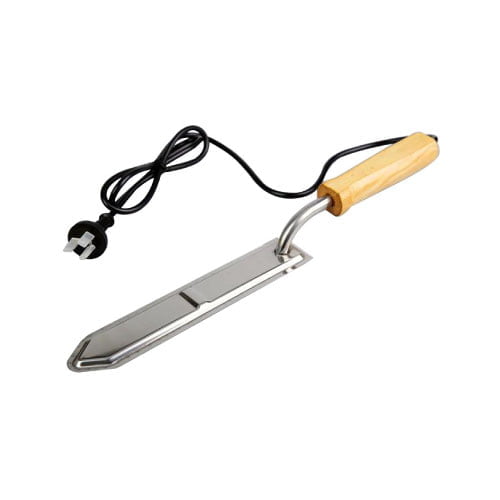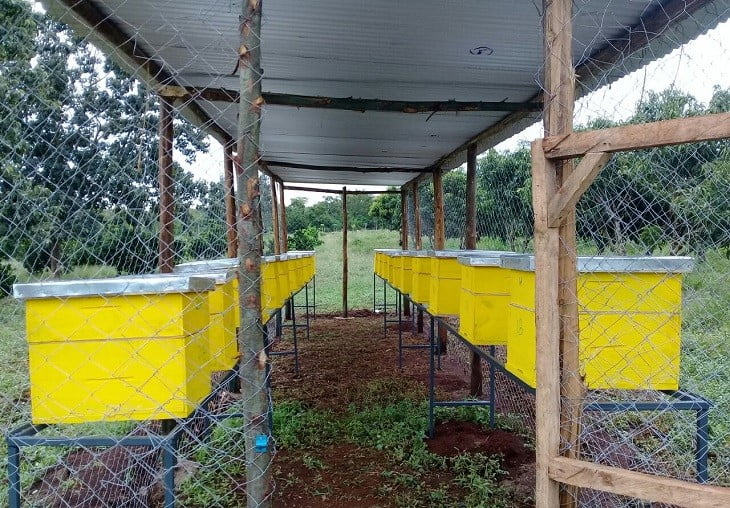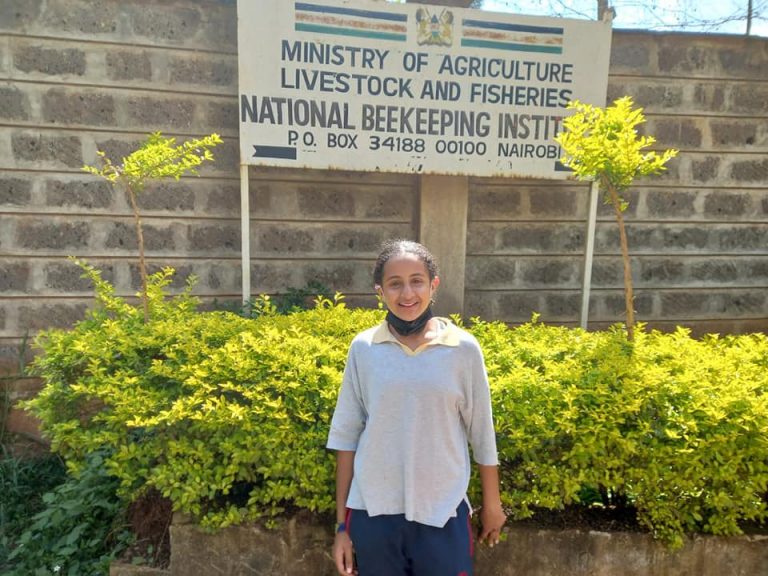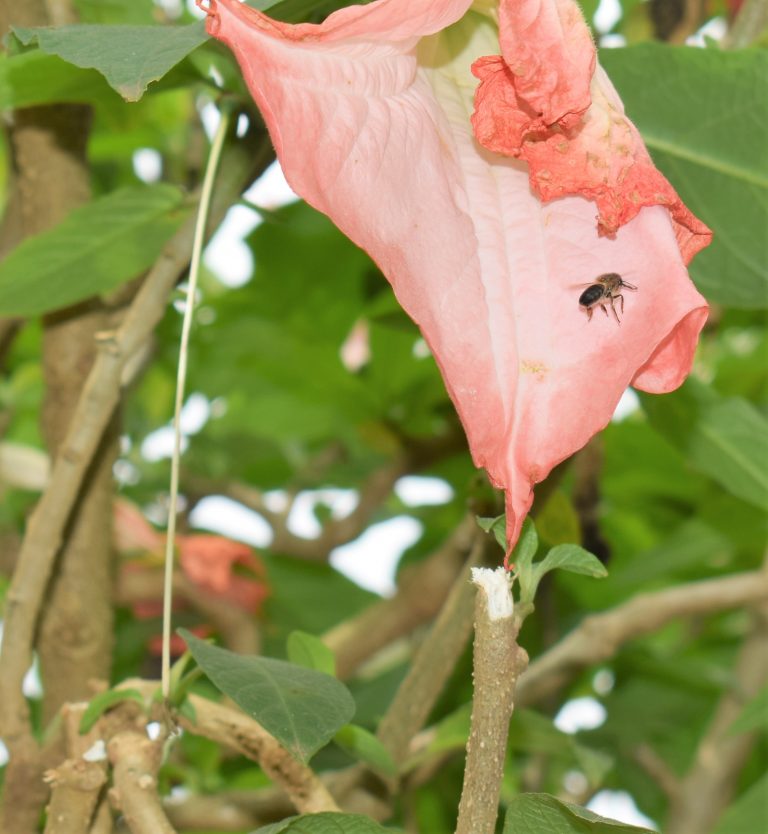Bee Smoker
It is critical that the highest safety standards are ensured during honey harvesting, and routine checks on beehives during normal apiary management. A good Bee Smoker should be designed to guarantee the farmer’s safety, as well as the bees.
It is commonly understood that smoke helps in making bees calm during harvesting by disguising defence pheromones,2-heptanone and isopentyl acetate, making them more docile during these critical operations.

As with other equipment, modern beekeeping has seen the smoker evolve from a simple tin filled with dry grass to produce smoke. Today there are modern smokers that are designed to make the work easier.
Mr. Kyalo Maveke the CEO of Savannah Honey says the company makes such smokers. “The smoker is easy to use, and has sturdy leather bellows to fan the flame of your fuel, as well as a heat shield to prevent the farmer burning during usage. This simple design is user friendly, and can be operated by novice beekeepers. Furthermore, you can use local fuel to fire the smoker such as charcoal, dry wood and grass, making it highly applicable for Kenyan beekeepers,” he says.
Bee Venom Collector
Bee Venom is a leading product in beekeeping and farmers can leverage this resource to boost their income.
Bee venom is a clear liquid excreted by bees through their stingers when they feel endangered. This is an acidic compound containing both inflammatory and anti-inflammatory properties and has widespread medicinal applications.

The Bee Venom collector today is also a modern electronic device powered by 2 AA-batteries that releases a small electric shock that stimulates bees to release their venom. It is simple to set up and use, and is placed at the bottom of the hive, ensuring ease of use and safety of the hive. The Bee Venom Collector comes with a micro-processor that enabling its efficient use, within multiple hives per day. It is encased in high-quality MDF to ensure durability of the device, and ease of use in varying weather conditions. It requires little or no maintenance since the battery can power the device for days.
Propolis Collector
This trap collection is designed in the form of a frame, and is useful for collecting propolis, a by-product from beehives. Propolis is a gum-like greenish-brownish paste used by bees to coat hives. This coating helps to seal off the hives, and is used to keep off pests, and prevent external contamination from outward sources.
Propolis has been for ages used as a medicinal healer for wounds, abscesses, and boasts of antioxidants.

The propolis collector is made from high grade plastic, that is rugged and designed for repeated use. It also boasts of non-hazardous plastic frame that is perforated to allow for flow of air, for optimum performance during routine usage.
Queen Excluder
This beekeeping accessory consists of a 10-frame structure that is used to separate the brooding nests, from where bees store the honey. This helps in the hive’s organization, thereby making matters easier during honey harvesting.
The Queen Excluder comes with smooth perforations that allow ease of movement through, without the bees injuring themselves through the passages.

This accessory is made from malleable non-toxic plastic, that is safe for the bees and the environment. With ease of use being a key feature, you’ll be happy that the Queen Excluder can work well with different types of beehives. It is conveniently placed above where the queen bee lays her eggs.
Furthermore, the Queen Excluder can also aid in raising the queens, and for limiting the queen bee’s movements into the honey boxes. The excluder can also be adjusted to work with different hive sizes.
Pollen Trap
The Pollen Trap accessory is designed to make the beekeeper’s life easier by enabling him to collect pollen with little movement of the hive with no need to lift the beehive.

It is ventilated and is suitable for enabling bees to enter and exit the hive with ease. Furthermore, the accessory is made from sturdy, non-toxic plastic that works best in all conditions. You can thus collect the pollen without interfering with the hive. It nonetheless requires that the Queen Excluder be removed prior to pollen harvesting, and that all entrances be sealed for safe and optimal use.


